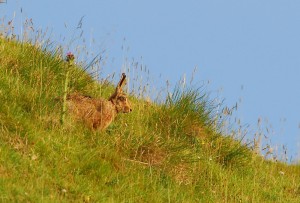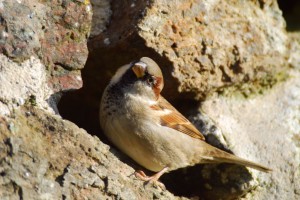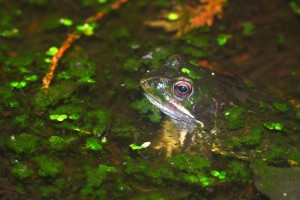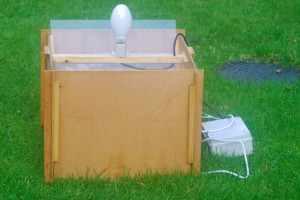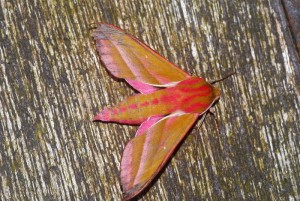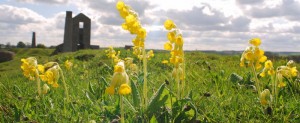Hello and welcome to the first post on the Sheldon Nature Watch Blog. This is a good opportunity to summarise some of wildlife we have here and in the local area:
Mammals: Badgers and foxes are never far away and brown hares can often be seen in the fields around the village, hedgehogs are regularly seen snuffling about at night and occasionally a stoat or a weasel will run across the road in front of you as you are driving along the local lanes. Local farmers will testify that moles are numerous in the fields around Sheldon!
There was an unusual report a couple of years ago when a big cat was sighted in the village! From the description given it sounded like a lynx to me. So keep your eyes peeled!
Bats: We have at least five species of bat living and hunting around Sheldon. A walk along Church Lane just after dusk is a good place to start to see these amazing creatures of the night feeding on insects. See our Bat Map (available shortly) giving locations of bat records in the village. I have recently put up a few bat boxes around the village and thanks to all those who have allowed me to put them up on their trees. I will be checking them in the autumn to see if anything has taken up residence and will report my findings on this blog.
So far using an ultrasound bat detector I have recorded common pipistrelle, soprano pipistrelle, brown long-eared, noctule and one or more of the ‘Myotis’ species (which are difficult to identify to species from their calls). Although I have recently confirmed whiskered bat (Myotis mystacinus) is present, as I found a dead one by my back door a couple of weeks ago.
I would be interested to learn if anyone in the village has a bat roost in their house, outbuildings or trees for my records.
Birds: There is an interesting variety of bird life in the area with nationally declining species such as house martin, swallow and house sparrow seemingly thriving here. Skylark, meadow pipit, redstart, wheatear, grey partridge, buzzard, barn owl and kestrel amongst others can all be seen around the fields and wooded areas close to the village. Rarer species such as red kite and quail have also been recorded here on occasion.
The other week Phil at the garage reported a jackdaw taking a swallow off a telephone wire. I would say that was quite unusual. It’s not something Phil or I have seen or heard of before. It maybe some learnt behaviour by one or two individuals, but it would be interesting to see if others develop this trait. Of course I would hope not for the sake of the swallows!
Amphibians and Reptiles: Local ponds support not only the commoner amphibians such as frogs, toads and smooth newts, but also the rarer great-crested newt. I have not yet recorded any reptile species in the village, so any records would be welcomed.
Butterflies and Moths: With the bad weather we have been experiencing recently it has not been a good year for butterflies. We have a good selection of common species including common blues, meadow browns and tortoiseshell. It would be good to get some more records of butterflies as it is not something I have been recording personally, but I will endeavour to do so in future.
I have recently been running a moth trap in the village and have caught a good variety of the commoner species so far, including elephant hawk moth, large yellow underwing, burnished brass, coxcomb prominent, antler moth, gothic, dark arches, light arches and map-winged swift to name a few. Hummingbird hawk moth has also been recorded in recent times. There is a link to a spreadsheet on the side bar where you can see a list of moth species caught as the season’s progress. Look out for ‘What’s in the Moth Trap’, where I will report some of the more interesting species with a few photographs.
Plants and Wildflowers: The network of public rights-of-way takes you beyond the village into the surrounding countryside where there are some nationally rare meadows rich in flowering plants and grasses (please keep to the public footpaths). The lead rakes at Magpie Mine support a great variety of plant species such as mountain pansy, cowslips and early purple orchids. Look out for a forthcoming article on the plant life of Magpie Mine by a botanist friend of mine Dr. Mark Hampton.

